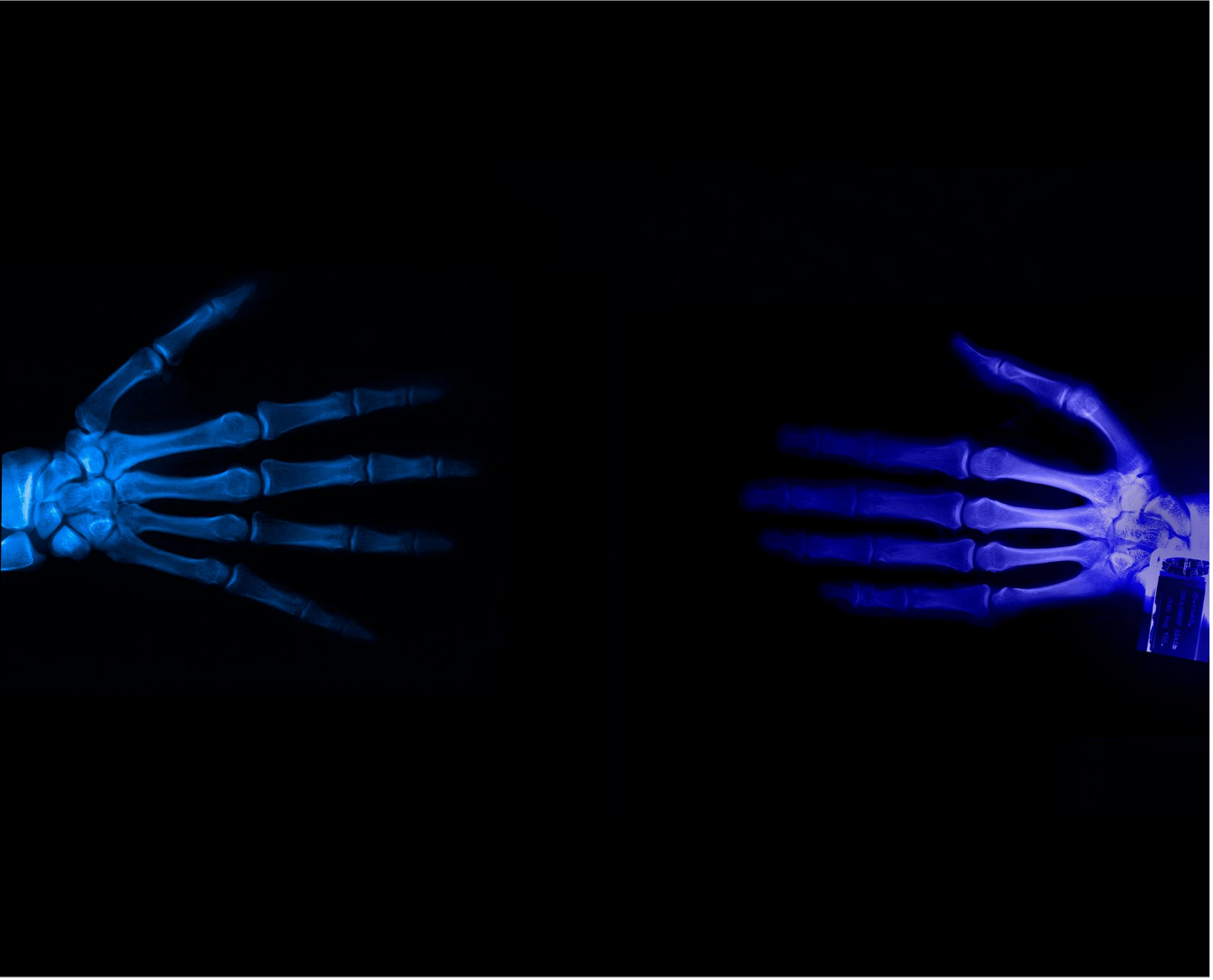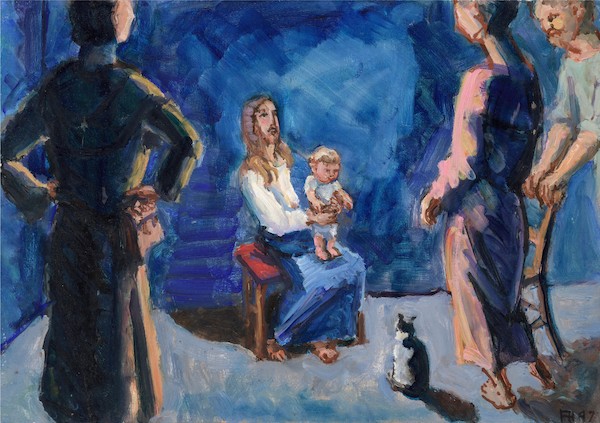A large exposition that gives an overview of the interesting work of the famous painter A.C. Willink is being shown in the Townhall-Palace in Tilburg until 19 September. Interesting, because whatever one may think of Willink’s art, the exhibition is worth seeing, and his art is worthy of our contemplation and consideration. Willink began work as a young painter around 1920 in the style of the abstractionists. He was subsequently influenced by another contemporary modern movement, led primarily by Léger and Le Fauconnier. An interim period followed, with a very unique and interesting contribution to what could be called a controlled Surrealism, in a work like The sémaphore. Something from each of these periods is to be seen in the exhibition. Finally, around 1930, he found himself in an art style that people have attempted to call by various names; we wish to add to the list the label of ‘Romanticism’.
Willink’s art speaks first of all of the unique way in which he experiences nature, especially the mountainous terrain of France which he loved so much. Although he fully experienced the beauty of this scenery, he never presents the pure charm, the quiet, the picturesque side of it. Instead, there is always something of a suppressed tension, a sense of threat, a grandeur. In short, there is something overwhelming about these mountain landscapes which are shown in panoramic view. There is a very peculiar aura about them, which is further accentuated by the dark clouds, so somber and heavy. This view of nature as a mighty power, against which humans are small and insignificant creatures, a vastness to be viewed with anxiety and fear, is a typically Romantic notion, although Willink does not try to imitate Romanticism.
Very occasionally he painted landscapes only; usually his paintings include a castle, or a terrace with statues, to draw our attention. The observant viewer will note the remarkable absence of people in these paintings; the terraces are empty, the palaces are uninhabited, the statues are neglected and damaged, and everything appears empty and deserted. It is a melancholic view of a past world. Unlike earlier artists, he does not fill his terraces and palaces with people from eras when these buildings were still new, for he realizes that this would be immediately identified as a masquerade. For him it is all about barrenness and desolation – in our times we are no longer able to achieve the grandiose lifestyle of an earlier era. It is past, gone, beyond recollection. And nature does not smile benignly, but hovers threateningly around these doomed cultural creations, witnesses to a past time of glory. When he does include people in his paintings they are always tourists, accentuating the loneliness and abandonment, the transience of everything – tourists who are too ignorant to realize how out of place they are on these terraces alongside the crumbling beauty of past times. Is such melancholy, such a barely suppressed longing for a grander past, such a not-to-be-silenced yearning, such a silent lamentation, not typical of Romanticism? Understand me well, it is not the Romanticism of the past, for Willink’s starting point is completely contemporary.
His portrayal of France is very different from that of his colleagues, who return year after year with portfolios full of colourful and more or less cheerful valleys and fields. His work is different but, we believe, not less true. Because what Willink portrays will impress anyone familiar with the past glories of the French palaces and esplanades.
Indeed, the Modernists may shrug their shoulders about Willink and say that he is out of touch with his own times. Thus they demonstrate their small-minded narrowness, for if they are interpreting modern ideas and experiences, he is doing the same. They are often impressed by the nauseating, the boring or are gripped by the angst of existence. Perhaps Willink is too, but besides this he has a sense of the values that have been lost; and it is his calling to express that.
There are also his portraits – beautifully painted and, I was informed, excellent likenesses. Yet they are, in one way or another, very disturbing. There is no distortion, nothing odd in the portrayal as such, but as soon as one attempts to describe the impression of these hard faces, one feels powerless. Something of the restlessness, the tension, the estrangement from one’s own society that his other work attests to in a different way is also evident in these paintings. They cannot really be compared to anything else in our time or from the past. These beautiful portraits are further evidence that Willink is an artist who experiences the times he is living in very intensely and expresses it an artistic form.
******
Originally published in Dutch in Trouw, no date (between 1949 and 1956).
Published in English in M. Hengelaar-Rookmaaker (ed.): H.R. Rookmaaker: The Complete Works 1, Piquant – Carlisle, 2003.
%20(1).png)












